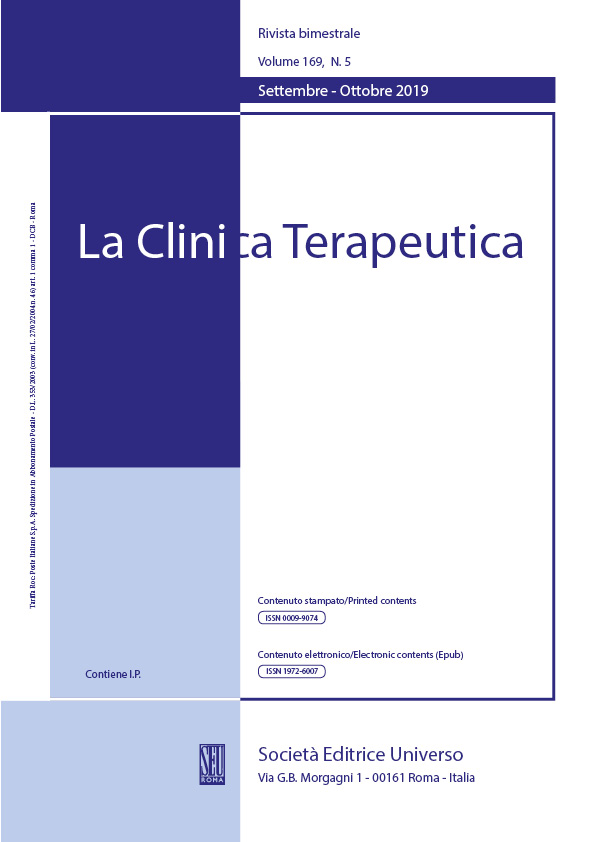Abstract
The aim of this narrative review is to highlight the role of CXCL9 in Ulcerative Colitis (UC), in order to understand the mechanism underlying the inflammation in UC and to investigate also if Th1- chemokines could be useful as a marker of disease. It was shown that chemokine (C-X-C motif) receptor (CXCR)3 and its ligand chemokine, monokine induced by interferon (IFN)-γ(MIG)/ chemokine (C-X-C motif) ligand 9 (CXCL)9, are highly overexpressed both in the intestinal mucosa of mice with experimental colitis and in patients with UC (specifically, in lymphocytes, macrophages and epithelial cells). In epithelial colonic cells CXCL9 expression is increased by IFN-γ. MIG has an important role in the recruitment of mononuclear cells and granulocytes, so in maintaining the inflammation in UC. Since serum CXCL9 levels are related with UC disease activity, it could be a marker for the responsiveness of patients to treatments. It has been recently suggested that blocking CXCL9 may be a potentially effective therapy for moderately-to-severely active UC
